PhD program
Doctoral thesis projects currently in progress within the unit
Maelis Brito, Ph D student
Papna Ma, Ph D student
Feras Oyoun, Ph D student
Pauline Chavrier, Ph D student
Ghadir Kalot, Ph D
Sarah Diakhaby, Ph D student
Corentin Joulain, PhD student
Veronica Ianno’, Ph D student
Maelis BRITO : Development of nanoparticles for topical ophthalmic application in the treatment of retinal diseases
Team : Vector
PhD supervisor : Vincent Boudy
Cifre grant UNITHER
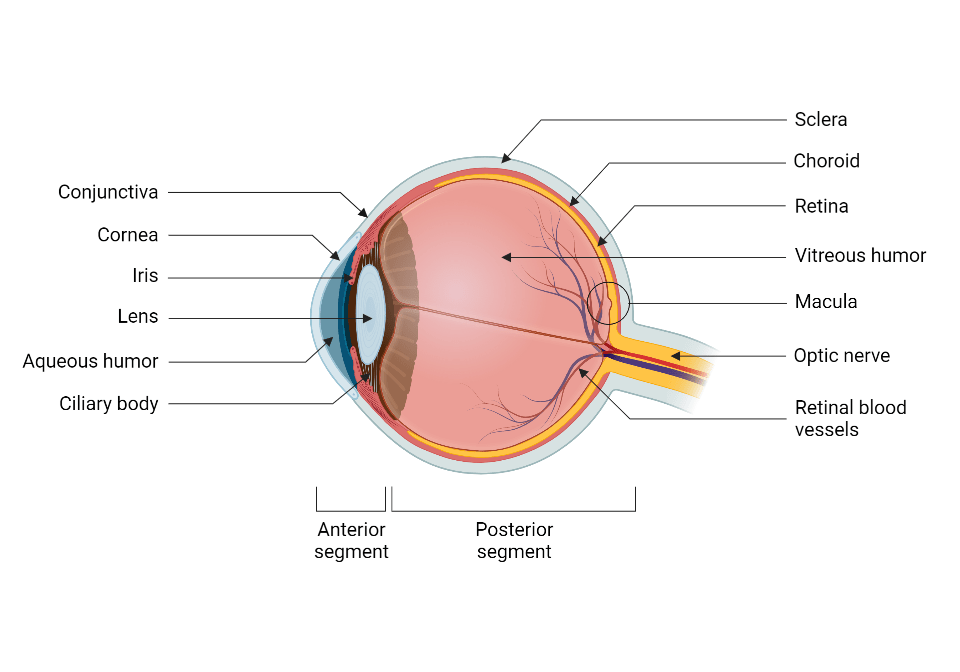
Retinal pathologies are diseases affecting the posterior segment of the eye, an area that is difficult to access for treatment. Intravitreal injections are preferred because they directly target the area of interest. However, this highly invasive mode of administration leads to rare but serious side effects and is a heavy burden for patients, who stop their treatment early. It is therefore essential to look at other less invasive ocular delivery routes. This project focuses on the development of nanostructured lipid carriers, nanocapsules and nanoemulsions for topical ocular application (eye drops). The selected raw materials allow, by increasing the residence time at the cornea, by solubilizing more the active ingredients and by promoting the corneal absorption, to optimize the ocular bioavailability and to reach the retina.
Key words: nanoparticles, bioavailability improvement, ocular application, retina.
Pauline CHAVRIER : Liposomes to treat diseases in pregnant women
Team : Vecteur
Thesis supervisor: Karine Andrieux
Grant : Inserm-Pfizer Innovation France
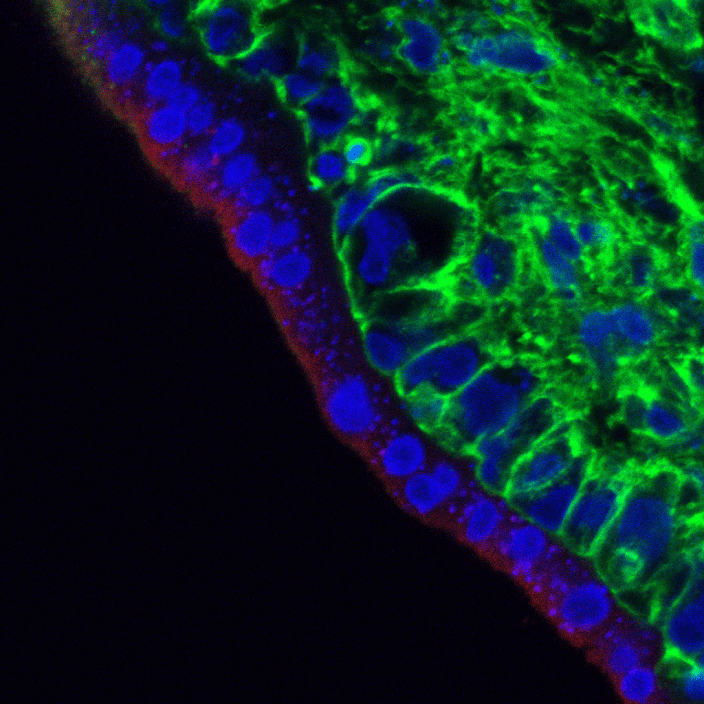
Pre-eclampsia is a disease of the pregnant woman due to placental dysfunction that is characterized by proteinuria and high blood pressure. This disease can lead to serious complications for the mother such as HELLP syndrome, or cerebral hemorrhage. The only treatment currently available is placental delivery, which can lead to a large or very large prematurity for the baby. This thesis project aims to develop a liposome-based treatment to allow delivery outside the period of extreme prematurity. Liposomes are nanoparticles made of lipidic bilayers. In this project, they are complexed with genetic material capable of blocking the expression of the sFlt-1 protein which is involved in the complications of preeclampsia. To ensure optimal delivery to the placenta and reduce the risk of toxicity to maternal organs, these liposomes are also functionalized with a ligand that can specifically recognize a receptor in the placenta.
Microscopy image showing the interaction between fluorescent liposomes (in red) with the human placenta (in blue the nucleus, in green the actin)
Sarah DIAKHABY: Identification and characterization of new inhibitors of the immune checkpoint lymphocyte activation gene 3 (LAG-3).
Team: Vector
Thesis director : Nathalie Mignet , Co-supervisor : Johanne Seguin
Grant: MTCI doctoral school
Project funding: Ligue contre le cancer
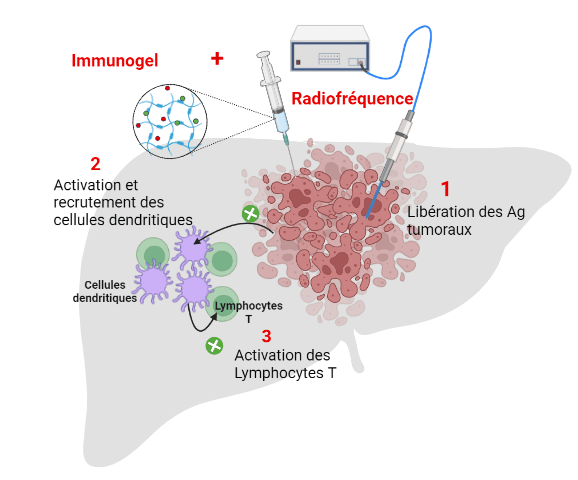
Immune checkpoints are important molecules in the control of tumor growth. Currently in the clinic, antibodies directed against these surface molecules are used to treat patients in combination with traditional therapeutic strategies. In this project, we propose to identify inhibitory peptides to replace these antibodies which have many drawbacks. Indeed, they are difficult to produce, are expensive and are rapidly eliminated in the bloodstream. To select these peptides we will use an original technique called Pepscan. The identified peptides will then be tested on cellular models. Finally, a proof of concept of the efficacy of these peptides will be performed in animals in the context of a colorectal cancer liver macrometastasis model.
Key words: Cancer, immune checkpoint, inhibitors, therapy, diagnosis, imaging.
Marion HECKMANN – Identification of new targets for the development of anti-fibrotic drugs for the treatment of chronic liver diseases
Team: Biotherapy
PhD supervisor: Virginie ESCRIOU, Co-supervisor: Céline HOFFMANN
Grant : Doctoral school MTCI, Paris Cité University (Funding 2021-2024)

Figure: The different hepatic cell types and their organization in a healthy liver and in a fibrotic liver (after Friedman. J. of Hepatol., 2003)
Hepatic fibrosis is a consequence of chronic liver diseases such as metabolic liver diseases, viral hepatitis and alcoholism, which can evolve into cirrhosis or even hepatocarcinoma. During fibrosis, the liver parenchyma undergoes remodeling characterized by an excessive accumulation of extracellular matrix (ECM) mainly composed of collagen fibers. To date, there is no anti-fibrotic drug on the market. Among the liver cells, hepatic stellate cells play an important role in the establishment of fibrosis. The Biotherapy team has demonstrated the existence of a subpopulation of hepatic stellate cells called “hypertrophied” because of their excessive storage of retinoids and has shown a link between the presence of these hypertrophied cells and fibrosis (read the article).
This thesis project focuses on hypertrophied hepatic stellate cells. The objectives are first to develop the purification of these cells, in order to characterize them by comparing the RNAs expressed by these cells with the hepatic stellate cells present in a healthy liver. Transcripts differentially expressed by hypertrophied hepatic stellate cells may represent potential targets for the development of anti-fibrotic agents.
Corentin JOULAIN : Evaluation and characterization of digestive homeostasis perturbations induced by erythropoietin
Team : Immunology
Thesis supervisors :Salima Hacein-Bey-Abina and Guillaume Sarrabayrouse
Grant : Doctoral school HOB
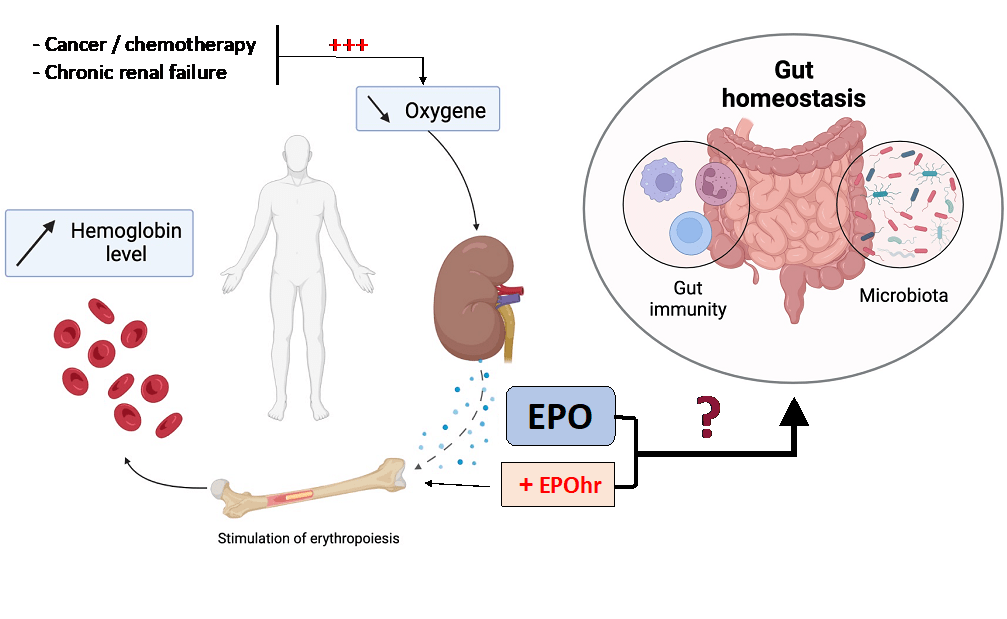
Erythropoietin (EPO) is a hormone produced naturally by the body to induce the production of red blood cells by the bone marrow. In pathological contexts such as cancer or chronic renal failure, patients may develop anemia. To correct this red blood cell deficiency, patients can be treated with recombinant human EPO (EPOhr). Since the expression of the EPO receptor is not restricted to erythroid tissue, this hormone has pleiotropic properties, which have led to side effects described in some patients. The understanding of the mechanisms leading to the appearance of pleiotropic effects of this hormone in physiological or pathological conditions represents one of the research axes of the Immunology team. Indeed, there is little data describing the impact of this hormone on the digestive tract and we know today that this organ, which houses the intestinal microbiota, contributes in a major way to the health of individuals. A pilot study conducted in the laboratory on a mouse model showed that EPO treatment impacted the frequency of intestinal immune populations as well as the stability of the fecal microbiota. These results paved the way for my PhD project which aims to describe and characterize the impact of EPO on digestive immunity and the intestinal microbiota and to identify the relationships between these two compartments.
Keywords: Erythropoietin, microbiota, immunology, intestinal homeostasis
Mitta PIERRE – Development of CXCR1/CXCR2 receptor inhibitor nanoformulations for the treatment of AMD
Team: Biotherapy
Supervisor: Pr Christine CHARRUEAU
Grant : Doctoral school MTCI, Université Paris Cité

Age-related macular degeneration (AMD) is the leading cause of blindness in industrialized countries in people over 55 years of age. It is a central retinal disease with a complex pathophysiology, including chronic inflammation and neoangiogenesis, responsible for the death of macular photoreceptors in the atrophic form and the appearance of macular neovessels in the neovascular form. These macular lesions are clinically manifested by a central and very disabling amputation of the visual field. Currently, only the neovascular form has a restrictive and expensive palliative treatment by regular intravitreal injections of anti-VEGF (Vascular Endothelial Growth Factor).
The objective of our project is to develop nanoformulations of molecules with dual anti-inflammatory and anti-angiogenic activity, such as CXCR1/CXCR2 receptor inhibitors, to promote their delivery to the posterior segment of the eye by a non-invasive and non-traumatic topical route for the treatment of AMD.
Tessa Reinert : Development of an analytical method for the multi-characterization of infliximab in the treatment of Crohn’s disease
Team : Vector
Thesis supervisors :Yannis Francois, Rabah Gahoual and Pascal Houzé
Grant :ANR
Crohn’s disease affects many people and results from a chronic inflammation of the digestive tract. Monoclonal antibody treatments, such as infliximab, allow to regulate this inflammation by inhibiting the responsible cytokine. Nevertheless, treated patients show different clinical responses, underlining the diversity of the biological activity of these antibodies without providing a formal interpretation regarding their causality. In order to better understand the clinical responses of patients and to adapt their treatment, it is important to follow up patients after administration of the antibody on several criteria, such as its pharmacokinetics, its structural modifications or its immunogenicity. This thesis project focuses on the development of new analytical methods using capillary electrophoresis coupled to mass spectrometry for the multi-characterization of infliximab after administration in a patient. The analytical method allows the quantification of this biotherapy in a specific manner, the identification of structural modifications induced in the patient’s blood, and the quantification of immunogenic reactions produced in response to this treatment. This strategy could help physicians to more rapidly adapt the clinical treatment of their patients.
Monica Swetha Bosco : Fingerprint approach using macrocyclic “chemical nose” sensors – Application in prediction of outcomes in PreeclampsiaI
Equipe : Vecteur
Directrice de thèse : Nathalie Eilstein
Bourse : ANR – PEfingerprint
Financement du projet : Ligue contre le cancer
Sensors play an integral role in everyday life, especially in the field of healthcare for the purpose of disease diagnosis and drug discovery. ‘Chemical nose’ is one such array-based sensing strategy that utilizes synthetic molecules to mimic the functioning of the human olfactory system. The chemical nose array of cross-reactive chemical receptors interacts non-specifically with each analyte to provide a unique fingerprint of outputs. Pattern recognition facilitated by statistical analysis and machine learning algorithms ultimately result in analyte classification and identification.
This doctoral project focuses on developing such a fluorescence-based sensor array using macrocyclic host-guest interactions. Further, as biomolecular composition of body fluids provide a reflection of disease severity and progression and array based sensing is highly efficient in detecting small changes in complex mixtures, the developed sensors are being leveraged in this project to enable serum-based diagnosis of the diseased state of Preeclampsia so as to enable application in patient outcome predictions.
À lire aussi
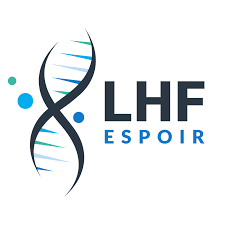
LHF Espoir and Artistes Sportifs de Cœur present a cheque to the biotherapy team
The LHF Espoir and Artistes Sportifs de Cœur associations presented a cheque to the biotherapy team to support its research project to administer mRNA
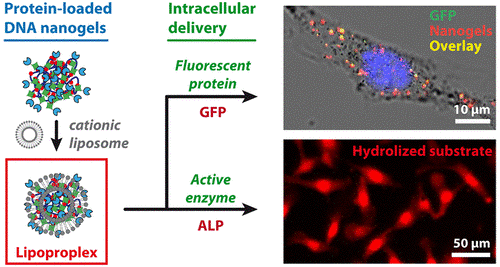
Intracellular Delivery of Functional Proteins with DNA–Protein Nanogels–Lipids Complex
The Biotherapy team, in collaboration with the Nanobiosciences and microsystems team of unit 8640 of the CNRS (P.A.S.T.E.U.R) of the Ecole Normale Supérieure, has just published an article in the Journal of the American Chemical Society on the intracellular...

Special angle on rare diseases : Daniel Scherman
“Le Monde” will publish an article on rare diseases, in collaboration with Daniel Schermann.

Alliance Recherche Innovation Industries Santé: Nathalie Mignet and Barthelemy Philippe presented promising new approaches to the use of nucleic acids.
Alliance Recherche Innovation Industries Santé: Nathalie Mignet and Barthelemy Philippe presented promising new approaches to the use of nucleic acids.
